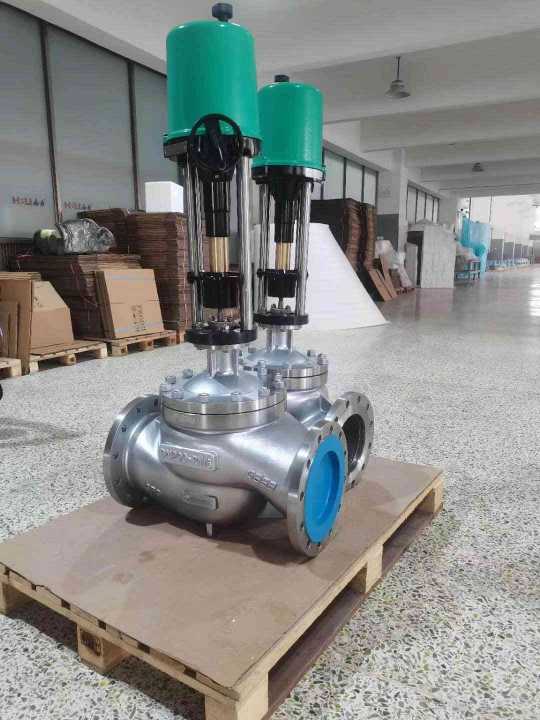Electric single seat regulating valves play a crucial role in the efficient operation of fluid control systems in various industries, including chemical processing, HVAC, water treatment, and oil and gas. These valves offer precise regulation of flow, temperature, and pressure, making them indispensable in applications that require a high level of accuracy. This article explores the functionality, applications, and advantages of electric single seat regulating valves, highlighting their importance in ensuring optimal system performance.

What is an Electric Single Seat Regulating Valve? An electric single seat regulating valve is a type of valve that is powered and controlled by an electric actuator. It is used to regulate the flow of fluids in a pipeline or system, adjusting the valve’s position based on the control signals it receives from a control system. Unlike manual valves, which require human intervention to adjust, electric valves provide automation, allowing for more efficient and precise control over fluid flow. The “single seat” design refers to the valve having one seat where the closure element, typically a plug or ball, comes in contact to either allow or stop the flow of fluid. The actuator moves the valve’s plug or closure element up or down, depending on the control signals, providing the necessary flow regulation. The electric actuator is driven by an electrical signal, usually from a centralized control system, allowing the valve to operate automatically.